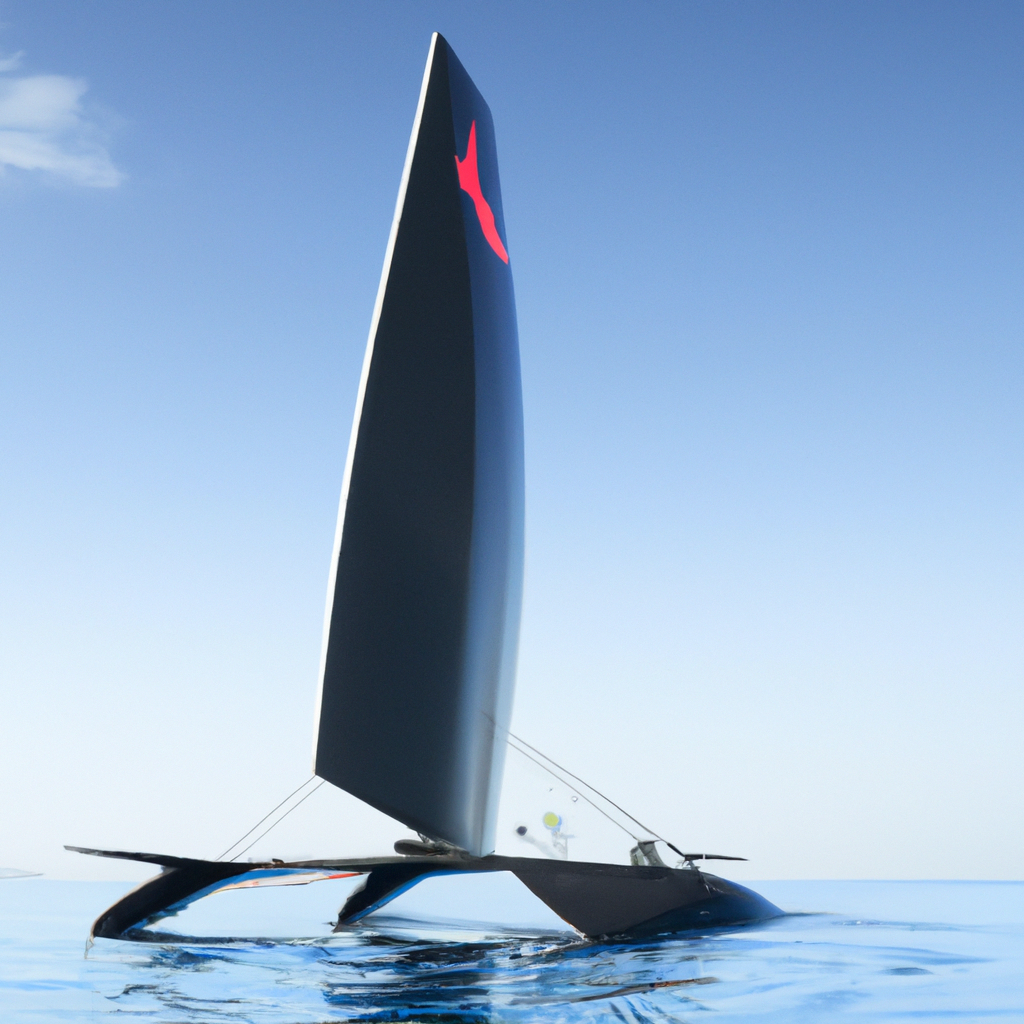
Designing a Solar Trimaran Hull
Solar power has proven to be a viable alternative to traditional fuel sources in many applications, including transportation. With the increasing need for sustainable solutions, the use of solar power in marine vessels is rapidly gaining popularity. Trimarans, with their unique design, offer an ideal platform for the integration of solar power. In this article, we will discuss the benefits of using solar power for a trimaran and the basics of trimaran design with a focus on designing the hull for optimal solar power efficiency.

The Benefits of Using Solar Power for a Trimaran
The use of solar power for a trimaran presents numerous benefits. Firstly, it is an eco-friendly solution that reduces the vessel’s carbon footprint by emitting little to no greenhouse gases. Secondly, it provides a reliable and sustainable source of power, which reduces the dependence on traditional fuel sources. Finally, it offers significant cost savings in the long run as solar panels have a long lifespan and require minimal maintenance.
Understanding the Basics of Trimaran Design
A trimaran is a multihull boat that has three hulls instead of the traditional one or two. The main hull, or the center hull, is the largest and is connected to the smaller hulls, or outriggers, on either side. This design offers superior stability, speed, and efficiency compared to monohull or catamaran designs. The placement of the outriggers and the shape of the hull greatly affect the vessel’s performance, especially when it comes to speed and efficiency.

Designing the Hull for Optimal Solar Power Efficiency
When designing a solar trimaran hull, it is essential to optimize the vessel’s solar power efficiency. The hull’s shape, size, and materials significantly affect the amount of solar energy that can be collected. The solar panels must be placed in an optimal location and orientation to maximize solar collection. The hull must also minimize shading of the solar panels, which reduces the amount of solar energy that can be collected.
Factors to Consider When Designing a Solar Trimaran Hull
When designing a solar trimaran hull, several factors must be considered to optimize solar power efficiency. These include the vessel’s size, weight, speed, and intended use. The hull’s shape and design must also be optimized to minimize drag and resistance and maximize stability and efficiency. The solar panels’ size, orientation, and placement must be carefully considered to maximize solar collection while minimizing shading.
Materials for Solar Trimaran Hull Construction
The choice of materials for solar trimaran hull construction is critical to the vessel’s performance and longevity. The hull must be strong, lightweight, and durable to withstand the elements and the stresses of sailing. Materials such as carbon fiber, fiberglass, and kevlar are commonly used due to their high strength-to-weight ratio and durability.

Calculating the Hull Size and Shape for Maximum Solar Collection
Calculating the hull size and shape for maximum solar collection involves optimizing the solar panel’s size, orientation, and placement. The hull’s shape must minimize shading of the solar panels, and the panels must be oriented to face the sun’s path for maximum solar collection. The hull’s size must also be optimized to accommodate the required number of solar panels while maintaining the vessel’s stability and efficiency.
Evaluating the Solar Panel Layout and Configuration for Your Trimaran
When evaluating the solar panel layout and configuration for your trimaran, several factors must be considered. These include the number of solar panels required, their size and orientation, and their placement on the hull. The solar panel layout must be optimized to maximize solar collection while minimizing shading and maintaining the vessel’s balance and stability.
Integrating Solar Power and the Hull Design
Integrating solar power and the hull design requires a holistic approach that considers the vessel’s entire design and operation. The solar panels must be integrated seamlessly into the hull’s design, while the hull’s shape, size, and materials must be optimized for solar power efficiency. The vessel’s electrical system must also be designed to integrate with the solar panels, providing reliable and efficient power to the vessel’s systems.
Testing and Optimizing Your Solar Trimaran Hull
Testing and optimizing your solar trimaran hull is a crucial step in ensuring its performance and efficiency. The vessel must be tested under various conditions to evaluate its stability, speed, and solar power efficiency. Any issues must be identified and addressed to optimize the vessel’s performance fully.
The Future of Solar-Powered Trimaran Design
The use of solar power in marine vessels is no longer a concept but a reality. Solar-powered trimarans offer a sustainable, efficient, and cost-effective solution for marine transportation. As technology advances, we can expect to see more innovative designs and materials that further optimize the vessels’ solar power efficiency. The future of solar-powered trimaran design is bright, and the benefits it offers are significant.
